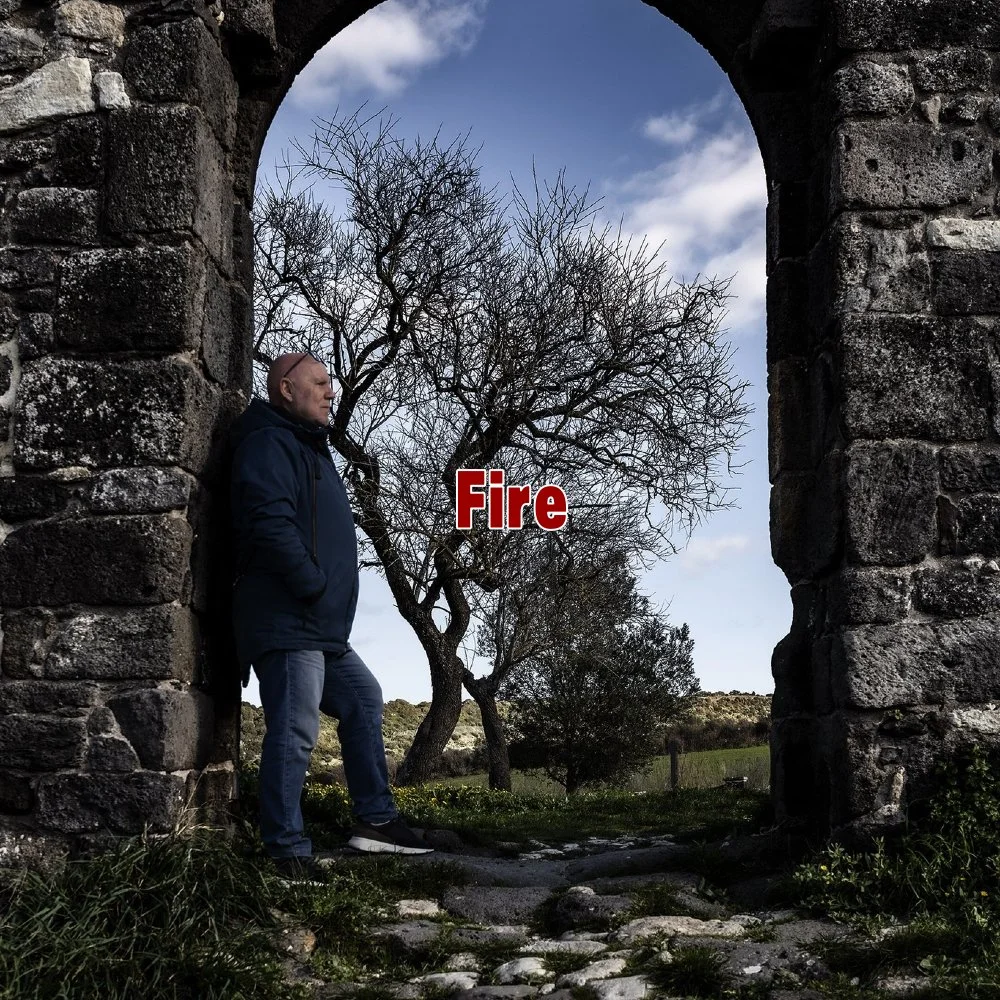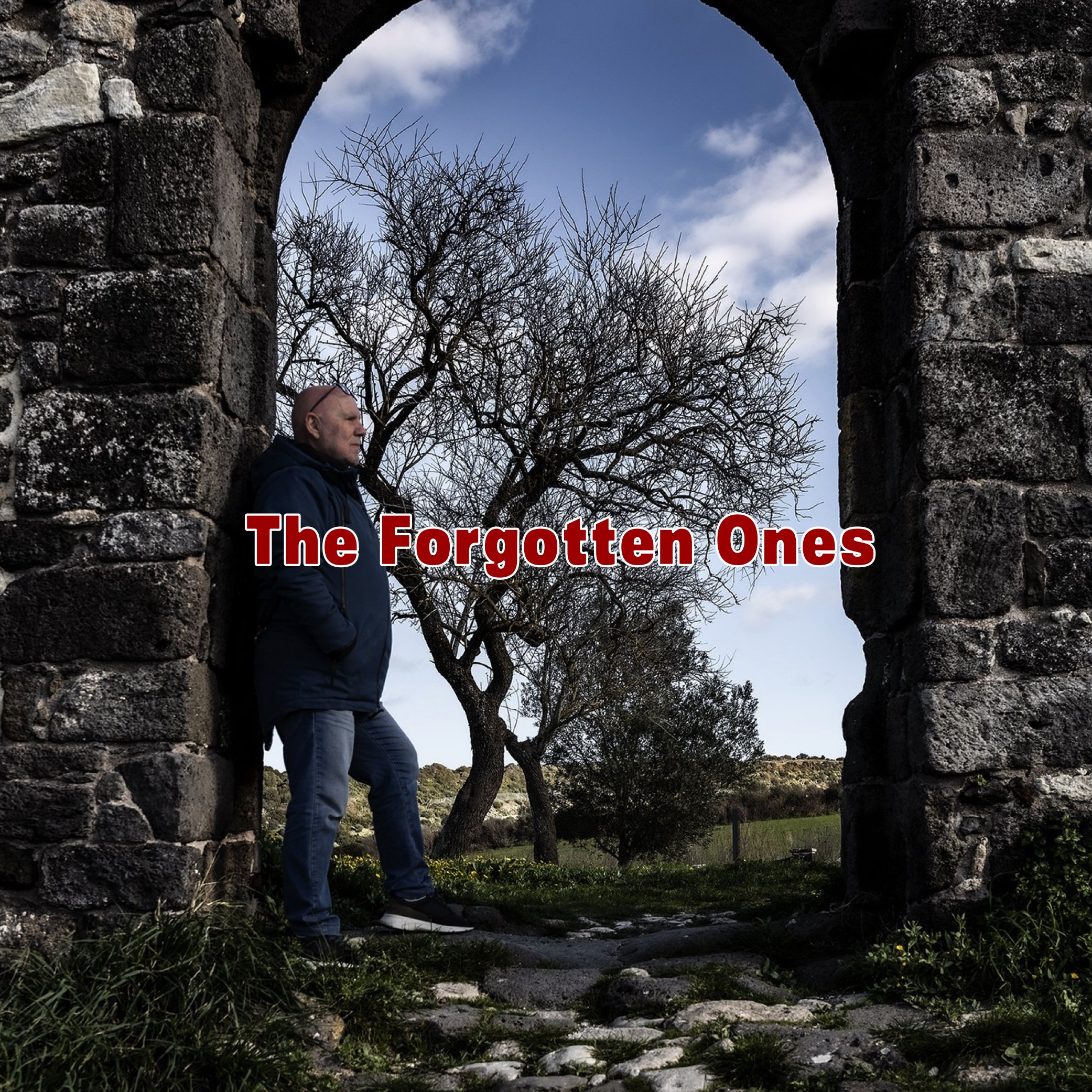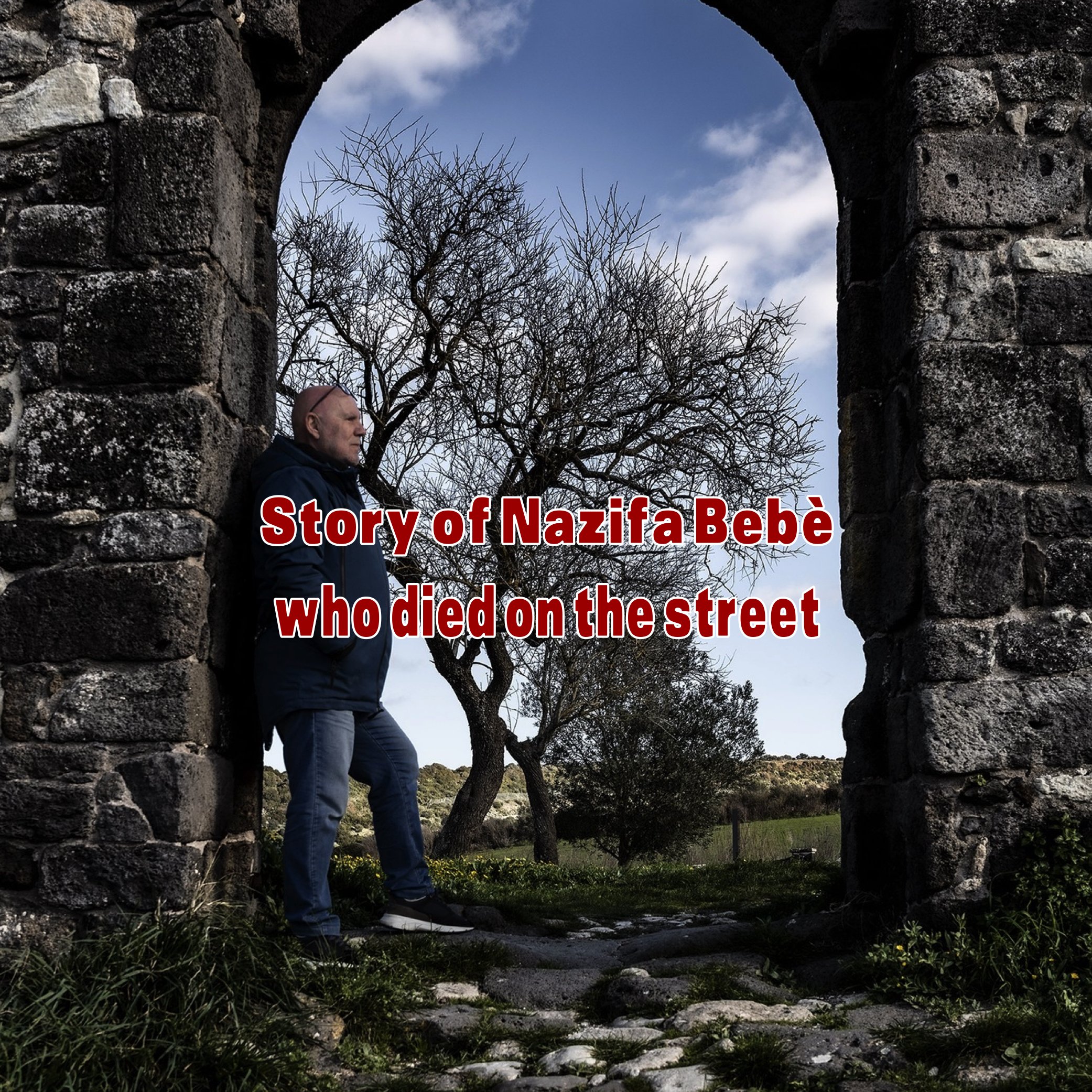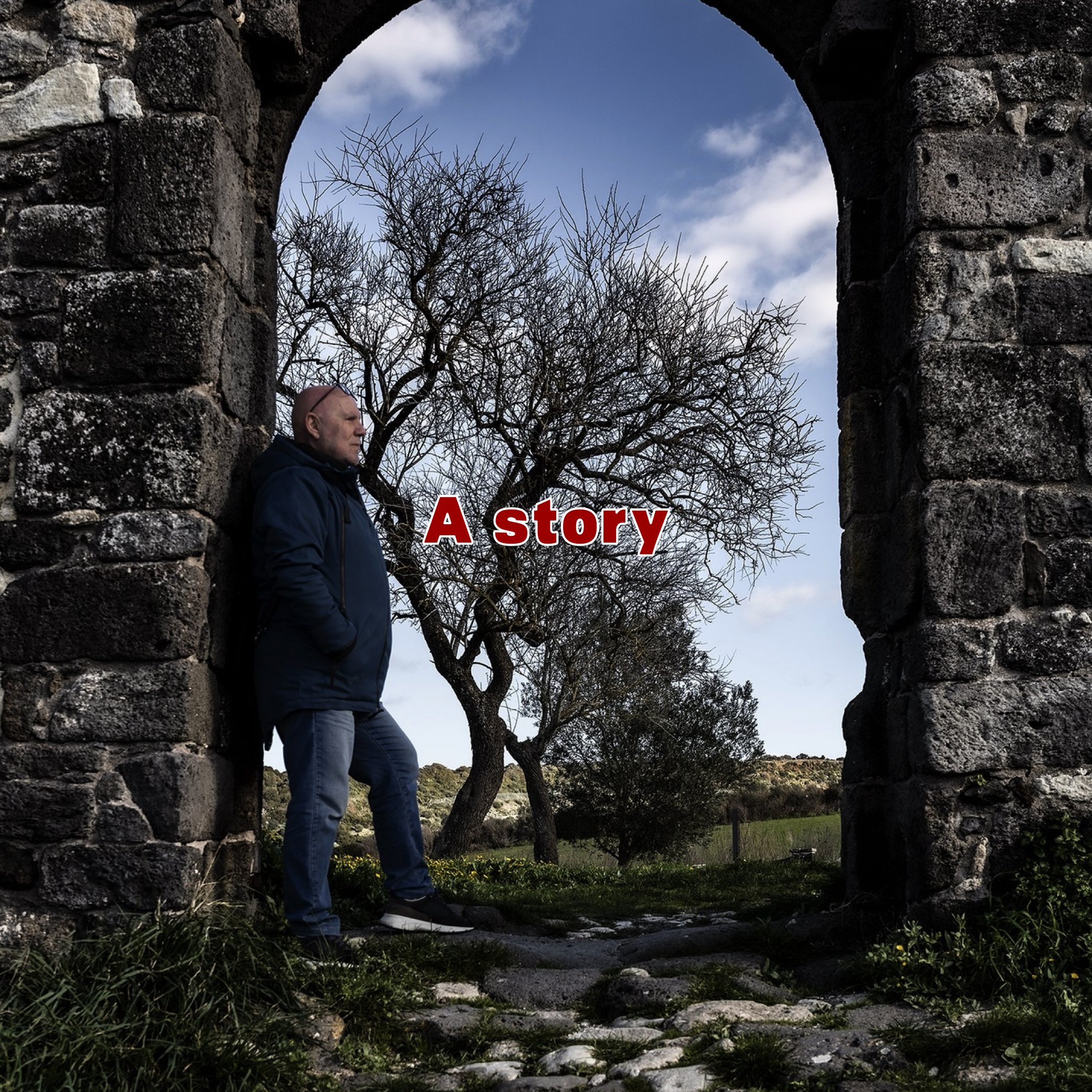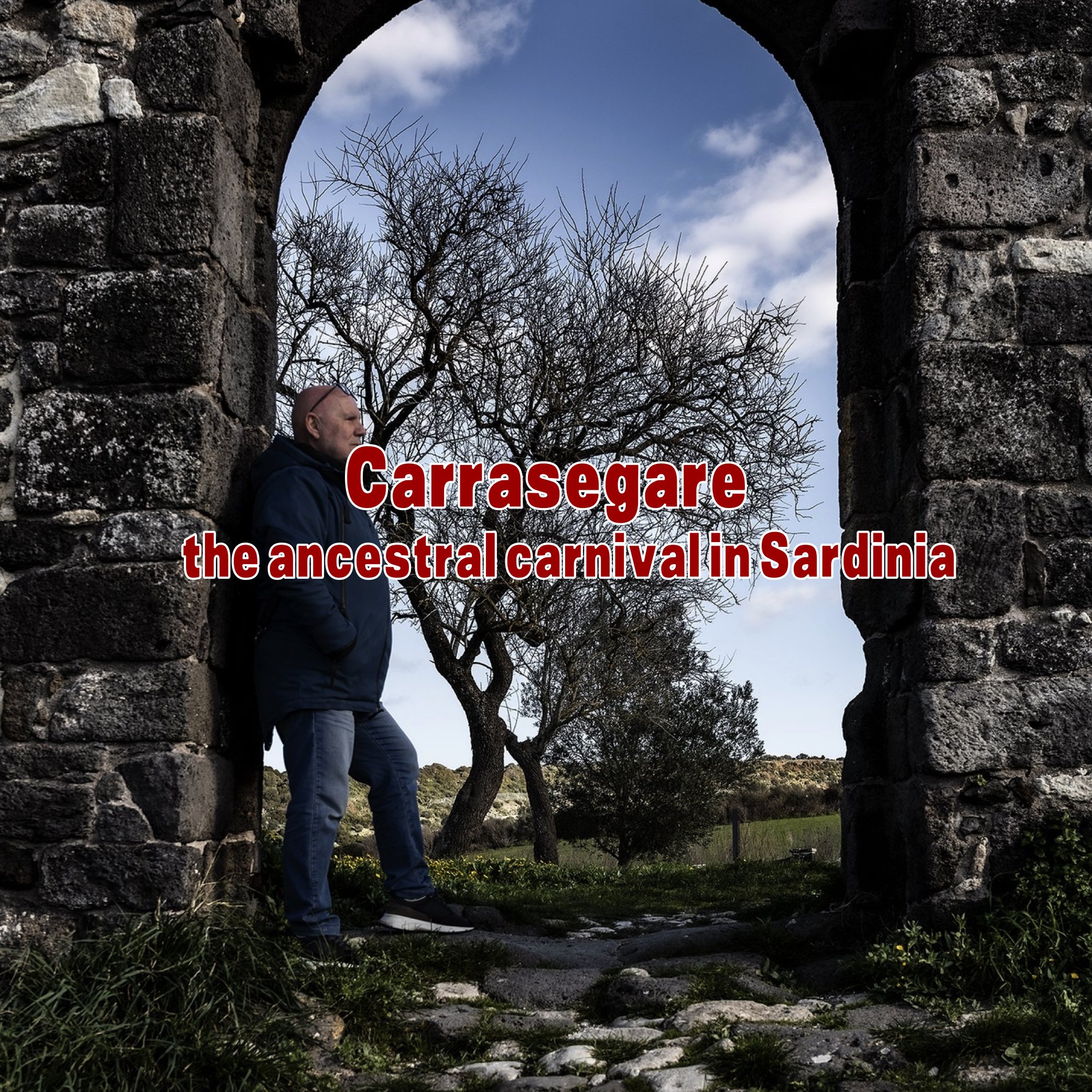In light and shadow: travel notes of an anarchist storyteller
The people of Saint Ephisius / Il popolo di Sant’Efisio
Every year, at the end of the May 1 holiday, in which Sardinia celebrates Labor Day but also St. Ephisius, we are greeted with a phrase in the Sardinian language. Atrus annus mellus. Which means “More and better years than this one.”
A saying that emphasizes the necessity of coming together, of being together. Because in reality this singular figure of a “warrior saint,” who was born in Syria and died in Sardinia in defense of Christians persecuted by the Emperor Diocletian, is recognized as the “protector” of the whole island. To him, according to tradition, is owed the miracle that in 1656 drove the Black Death, which had claimed thousands of victims, away from Cagliari. For this reason, since that year, his small statue has been carried in a procession that is perhaps the longest in the world. Housed on a cart pulled by two oxen, it travels a good 80 kilometers on the roads of the province before returning four days later to its tiny church. It is a ritual that has been repeated for 369 years and did not stop even during World War II, when the statue was carried in procession through the rubble of the bombed city.
So far, the religious aspect of this recurrence. That is not enough, however, to explain the reason that drives hundreds of thousands of people to Cagliari every May 1, to participate or to attend the procession. Many dressed in the ancient traditional clothes. Alone, in groups or with families. Barefoot, on horseback or in carts pulled by oxen and adorned with flowers, the “traccas.” And again: priests and religious with rosaries in their hands, believers in tears who brush their fingers against the saint's chariot, but also lay people and non-believers who all walk the same path together. As one people stubbornly keeping their traditions alive.
I too, in my own way, for many years now, have participated in this celebration. As I want to and know how to do. That is, through my photographs. Which are almost always portraits of men and women, the people of Saint Efisi, who stand out for the intensity and pride of their looks.
Atrusu annus mellus.
Ogni anno, alla fine della ricorrenza del 1 maggio, in cui in Sardegna si festeggia la Festa dei Lavoratori ma anche Sant’Efisio, ci si saluta con una frase in lingua sarda. Atrus annus mellus. Che significa “Altri anni ancora e migliori di questo”.
Un modo di dire che sottolinea la necessità dell’incontrarsi, dello stare assieme. Perché in realtà questa singolare figura di “santo guerriero”, nato in Siria e morto in Sardegna in difesa dei cristiani perseguitati dall’Imperatore Diocleziano, è riconosciuto come “protettore” di tutta l’isola. A lui, secondo la tradizione, si deve il miracolo che nel 1656 allontanò da Cagliari la peste nera, che aveva provocato migliaia di vittime. Per questo motivo, da quell’anno, la sua piccola statua viene portata in una processione che forse è la più lunga del mondo. Alloggiata su carro tirato da due buoi, percorre ben 80 chilometri sulle strade della provincia, prima di rientrare 4 giorni dopo nella sua minuscola chiesa. Un rito che si ripete da 369 anni e che non si arrestò neppure nel corso della Seconda Guerra Mondiale, quando la statua venne portata in processione tra le macerie della città bombardata.
Sin qui l’aspetto religioso di questa ricorrenza. Che non basta però a spiegare il motivo che spinge centinaia di migliaia di persone a raggiungere Cagliari ogni primo maggio, per partecipare o per assistere alla processione. Moltissime vestite con gli antichi abiti tradizionali. Da soli, in gruppo o con le famiglie. A piedi scalzi, a cavallo o sui carri tirati da buoi e adornati di fiori, le “traccas”. E ancora: sacerdoti e religiosi coi rosari in mano, credenti in lacrime che sfiorano con le dita il cocchio del santo, ma anche laici e non credenti che tutti insieme percorrono lo stesso cammino. Come un unico popolo che ostinatamente mantiene vive le proprie tradizioni.
Anch’io, a modo mio, da ormai molti anni, partecipo a questa ricorrenza. Come voglio e so fare. Ovvero attraverso le mie fotografie. Che quasi sempre sono ritratti di uomini e donne, il popolo di Sant’Efisi, che si distinguono per l’intensità e la fierezza dei loro sguardi.
Atrusu annus mellus.













































